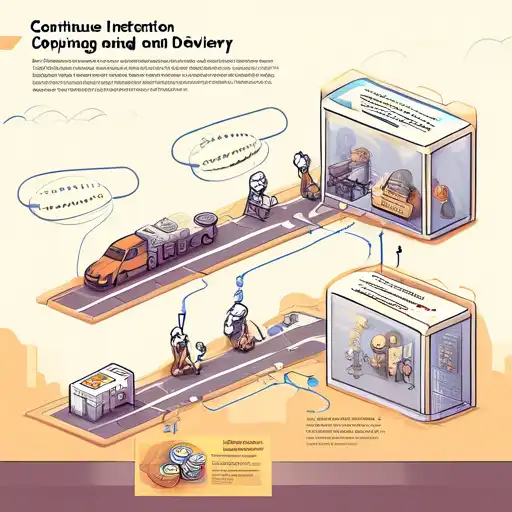What is Continuous Integration and Delivery?
Continuous Integration (CI) and Continuous Delivery (CD) are pivotal practices in the modern software development lifecycle, aimed at improving software quality and speeding up the release process. CI/CD automates the integration of code changes from multiple contributors into a single software project, ensuring that new code does not break the existing codebase.
The Benefits of CI/CD
Implementing CI/CD brings numerous benefits to development teams, including:
- Reduced integration problems
- Faster release cycles
- Higher quality software
- Improved team productivity
By automating the build, test, and deployment processes, teams can focus more on development and less on manual tasks.
How CI/CD Works
CI/CD pipelines are the backbone of these practices. A typical pipeline includes the following stages:
- Code commit
- Automated build
- Automated testing
- Deployment
Each stage is automated, allowing for immediate feedback on the health of the application after every change.
Best Practices for Implementing CI/CD
To maximize the benefits of CI/CD, consider the following best practices:
- Maintain a single source repository
- Automate the build process
- Make your build self-testing
- Ensure every commit is built
- Keep the build fast
- Test in a clone of the production environment
- Make it easy to get the latest deliverables
- Everyone can see the results of the latest build
Adhering to these practices ensures a smooth and efficient CI/CD pipeline.
Challenges in CI/CD Adoption
While CI/CD offers significant advantages, teams may face challenges during adoption, such as:
- Cultural resistance to change
- Integration with legacy systems
- Initial setup complexity
Overcoming these challenges requires commitment from all team members and a willingness to adapt to new workflows.
Conclusion
Continuous Integration and Delivery are essential practices for any team looking to improve their software development process. By automating the integration and delivery processes, teams can achieve faster release cycles, higher quality software, and improved productivity. For more insights into DevOps practices, explore our latest trends in DevOps.
